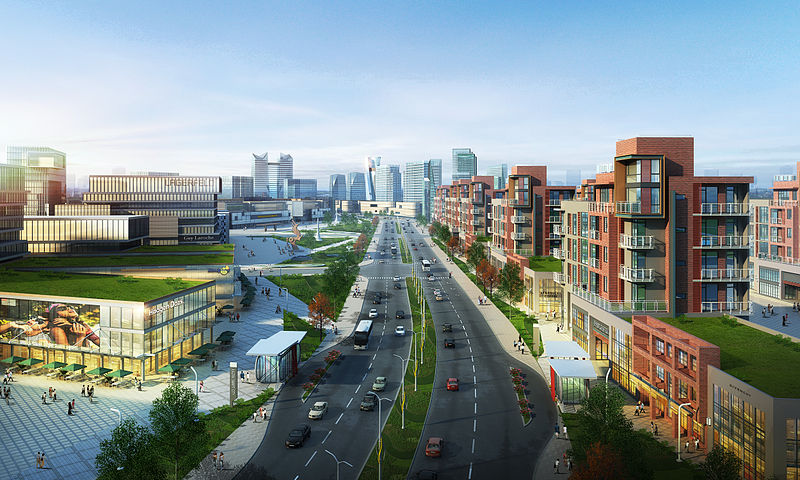According to the book Smart Cities: Governing, Modelling and Analysing the Transition, there seems to be a rush among major urban areas in the world to follow the pattern set by places like Vancouver, Kyoto, San Francisco or Amsterdam. The tag “Smart City” appears to be used and abused by an increasing number of population centres nowadays.
Which begs the question: if you don’t live in a Smart City, do you live in a Dumb City?

The same book tries to define this “smartness” not on technology alone, but as a compendium of factors such as policies, social interactions, environmental approach, communication and cultural awareness.
On a domestic level, Smart Homes are being advertised as dwellings where tech devices and the Internet of Things take over management and assist with a variety of duties. There seems to be less importance given to the intellectual or cultural intelligence of residents at this level. Smart Homes are advertised as either the choice of smart people or as a personal assistant to those who don’t know better or simply don’t care.
Tucked in between the domestic and urban realms, we find groups of neighbourhoods and residential community associations. Most cultures with urban conglomerates acknowledge the critical importance of this level of social collective. In some cases, tasks that are usually performed by local governments, such as road and power grid maintenance, are assigned to local associations of residents. This provides advantages to both sides. The government saves time and money, the community can tailor the service to their own needs.
Some Asian countries like China and Japan have deep connections with this level of social collective. They even have specific words for different types of homeowner associations, such as the Japanese term chōnaikai. In China, a new level of “bottom-up” governance has emerged from neighbourhood committees, assisting —and some would add challenging— the traditional, vertical “top-bottom” structure of a communist society.
We may or may not live in a Smart City or Smart House. But if you had to pick something, you would be better in a Smart Community. It could be described as a miniature version of a Smart City, but with the flexibility and personal impact of a Smart House.
Imagine IoT sensors that monitor electricity consumption. It can compare readings with other houses in your community and flag any consumption disparities. When Smart Homes have such technology, you still need to look for a solution on your own. Now if sensors are interconnected, the community can proactively and preventively address the situation. It can tap into a pool of service providers that would offer competitive prices based on the volume of work.
Now if the city was Smart and could indeed detect discrepancies in consumptions, how easy would it be to attend to the needs of a specific homeowner? How long would it take them before they could realistically assess all situations and process all work orders?
These are just basic examples, but there are several layers of complexities that make an intermediate level of urban collective the ideal setting for implementation of “smart” technologies and practices.
